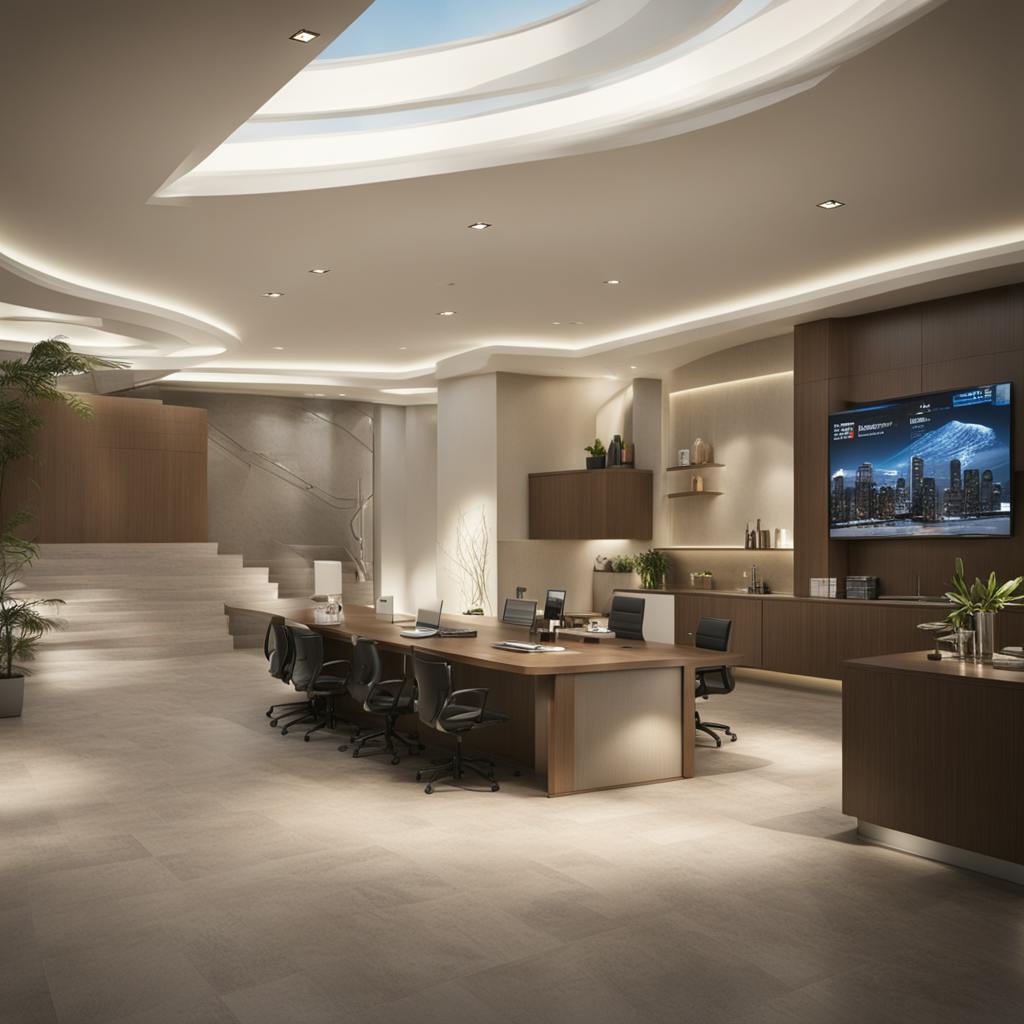User Experience (UX) Design has rapidly evolved into a critical specialty in the tech industry, necessitating considerable focus on accessibility and inclusivity. As companies recognize the significance of crafting seamless and inclusive digital interactions, there's a growing demand for proficient UX designers.
Notably, the 'user experience salary' continues to rise, reflecting the importance of this role. This article delves into the vital aspects of inclusive UX design for accessibility while illuminating factors that influence user experience designer salaries.
The Essential Role of Inclusive UX Design
In today's digital age, inclusivity in UX design means ensuring digital spaces are accessible to everyone, regardless of their physical abilities or limitations. A user experience map helps visualize the user journey, ensuring no one is inadvertently excluded. Key considerations in inclusive UX design include:
- Perceptibility: All users should be able to perceive and understand the interface. This involves using text alternatives, such as alt-text for images, and providing captions for audio content.
- Operability: Ensuring all users can navigate the interface effectively, whether using a keyboard, mouse, or assistive technologies like screen readers.
- Understandability: Content should be easy to read and comprehend, with straightforward instructions and feedback mechanisms.
- Robustness: The interface should work reliably across various devices and with different assistive technologies.
Factors Influencing User Experience Designer Salary
The user experience designer salary varies based on several factors, including experience, location, and industry. Here are some critical elements:
- Experience and Expertise: Expertise in specialized areas such as accessibility or mobile UX design can significantly impact salary. Junior designers may start with a salary of approximately $65,000 annually, while senior UX designers with specialized skills can earn upwards of $130,000.
- Geographical Location: Salaries differ considerably by location. For example, UX designers in tech hubs like San Francisco or New York typically earn higher salaries than those in smaller cities.
- Education and Certifications: Advanced degrees and certifications in UX design or related fields can boost earning potential. Certifications from recognized bodies like the Interaction Design Foundation or Nielsen Norman Group are particularly valuable.
- Industry: UX designer salaries can vary by industry. For instance, designers in the finance or healthcare sectors often command higher salaries due to the complexity and regulatory requirements of their projects.

AI made with Christophe Vacher
Addressing Common Questions in UX Design and Salary
What skills are essential for a career in UX Design?
Key skills include proficiency in design tools (like Sketch or Figma), a strong understanding of human-computer interaction principles, and experience with user research and usability testing. Soft skills such as empathy, communication, and problem-solving are also crucial.
How can I advance in my UX design career?
Continuous learning is vital. Taking on challenging projects, pursuing further education, obtaining certifications, and staying updated with industry trends can accelerate career growth. Networking and engaging in UX communities also provide valuable opportunities for advancement.
What is the job outlook for UX designers focusing on accessibility?
The demand for UX designers excelling in accessibility is robust and growing. As more companies prioritize inclusive design practices, specialists in accessibility will see increasing opportunities and potentially higher salaries.
User Experience Salary FAQ: Focus on Accessibility and Inclusivity
What is the average salary for a user experience designer specializing in accessibility?
The salary for a User Experience (UX) designer specializing in accessibility can vary widely based on several factors including geographic location, years of experience, education level, and the size and industry of the employing organization. As of 2023, the average salary for a UX designer in the United States typically ranges from $75,000 to $115,000 per year.
For those specializing in accessibility, the average salary may trend towards the higher end of this range, recognizing the specialized knowledge and skills required. Specifically, UX designers with a strong focus on accessibility may see average salaries ranging from $85,000 to $125,000 annually, reflecting the growing importance of inclusive design.
Does working in inclusive user experience design for accessibility increase a designer's salary?
Yes, working in inclusive user experience design for accessibility can potentially increase a designer's salary. Specializing in accessibility often requires a deeper understanding of various types of disabilities, relevant technologies, and compliance standards such as WCAG (Web Content Accessibility Guidelines). This specialized expertise is in high demand as organizations aim to create products and services accessible to all users, including those with disabilities. As such, designers with proficiency in this area can command higher salaries compared to their peers who do not have this specialization.
What are the salary prospects for user experience professionals in the field of accessibility?
The salary prospects for UX professionals specializing in accessibility are generally positive and expected to grow. As the importance of accessibility becomes more recognized across multiple industries, the demand for skilled professionals in this niche is likely to increase. In addition to base salaries, UX professionals focusing on accessibility may find better long-term career growth opportunities, including roles as lead designers, accessibility consultants, or even in managerial and director positions. With accumulated experience and an expanding portfolio, salaries can rise well beyond the average, potentially reaching $130,000 to $150,000 per year or more.

AI made with Christophe Vacher
Does focusing on inclusive and accessible design impact a user experience designer's earning potential?
Focusing on inclusive and accessible design can positively impact a user experience designer's earning potential. This focus often makes a designer more valuable to employers who are increasingly prioritizing accessibility in their products and services. Enhanced earning potential comes not only from higher base salaries but also from additional perks such as bonuses, benefits, and opportunities for continuous professional development. Employers may invest more in professionals who have deep expertise in accessibility, recognizing the tangible benefits such investment brings, such as greater user satisfaction, increased market reach, and compliance with legal standards.
Additional Considerations
Location
Location plays a significant role in salary variations. UX designers in technology hubs like San Francisco, New York, or Seattle typically earn higher salaries compared to those in smaller cities or regions with lower costs of living.
Education and Certification
Advanced degrees and certifications in UX design, particularly those focused on accessibility (for example, Certified Professional in Accessibility Core Competencies - CPACC), can further enhance salary prospects.
Industry
The industry in which a UX designer works also affects earnings. For example, designers in sectors like healthcare, education, or government, where accessibility is often a regulatory requirement, may find more lucrative opportunities.
Experience
Experience always plays a crucial role in salary determination. Entry-level positions may start at the lower end of the salary range, while those with several years of specialized experience can expect significantly higher compensation.
The field of User Experience Design, with its pivotal focus on accessibility and inclusivity, is not just a career path but a commitment to enhancing digital interactions for all users. The increasing prominence of this specialty reflects in the rising 'user experience salary,' which serves as a testament to the value and demand for skilled professionals in this domain. By understanding key factors that influence salary and addressing common questions, aspiring UX designers can navigate their path towards a rewarding, impactful career.

